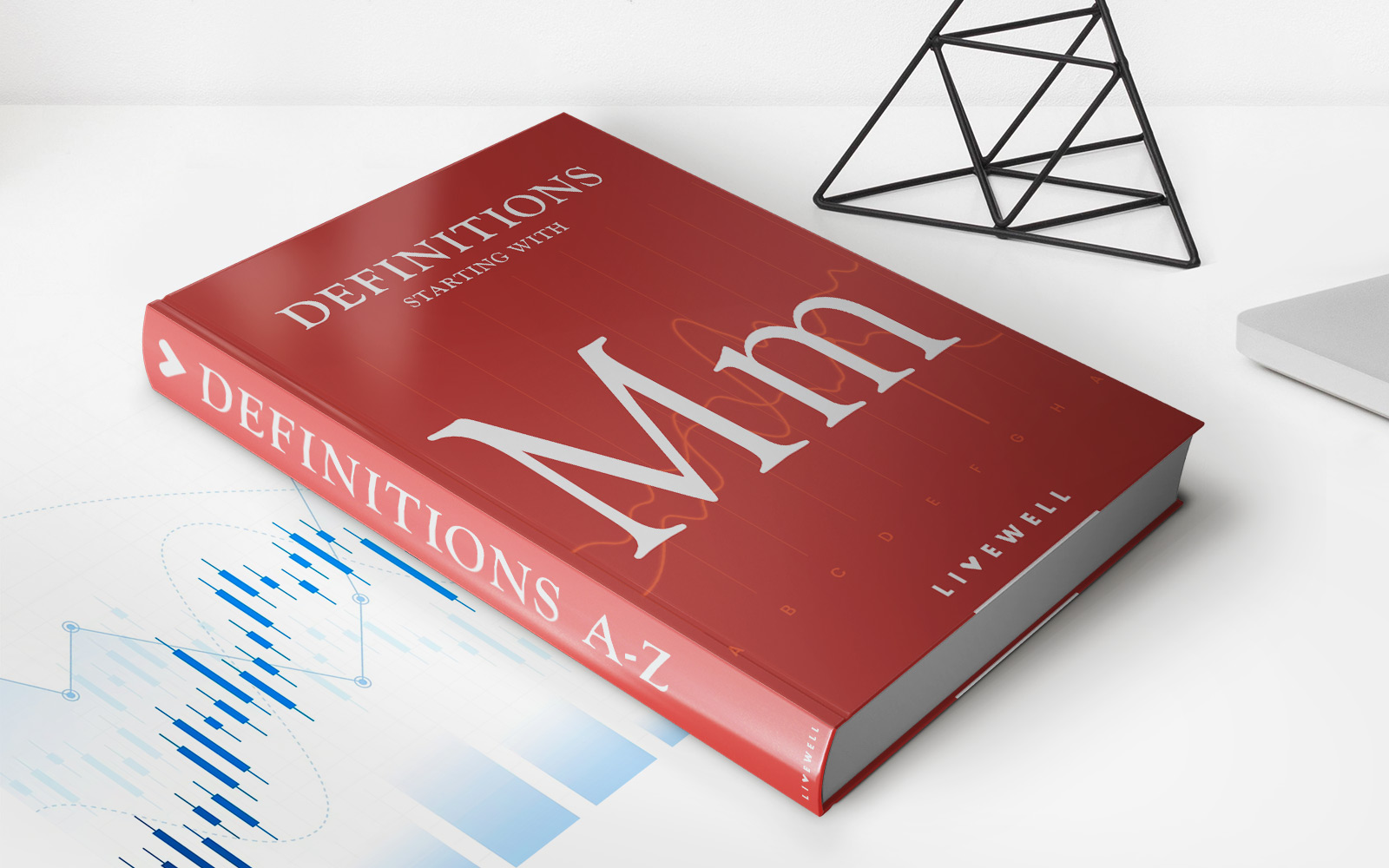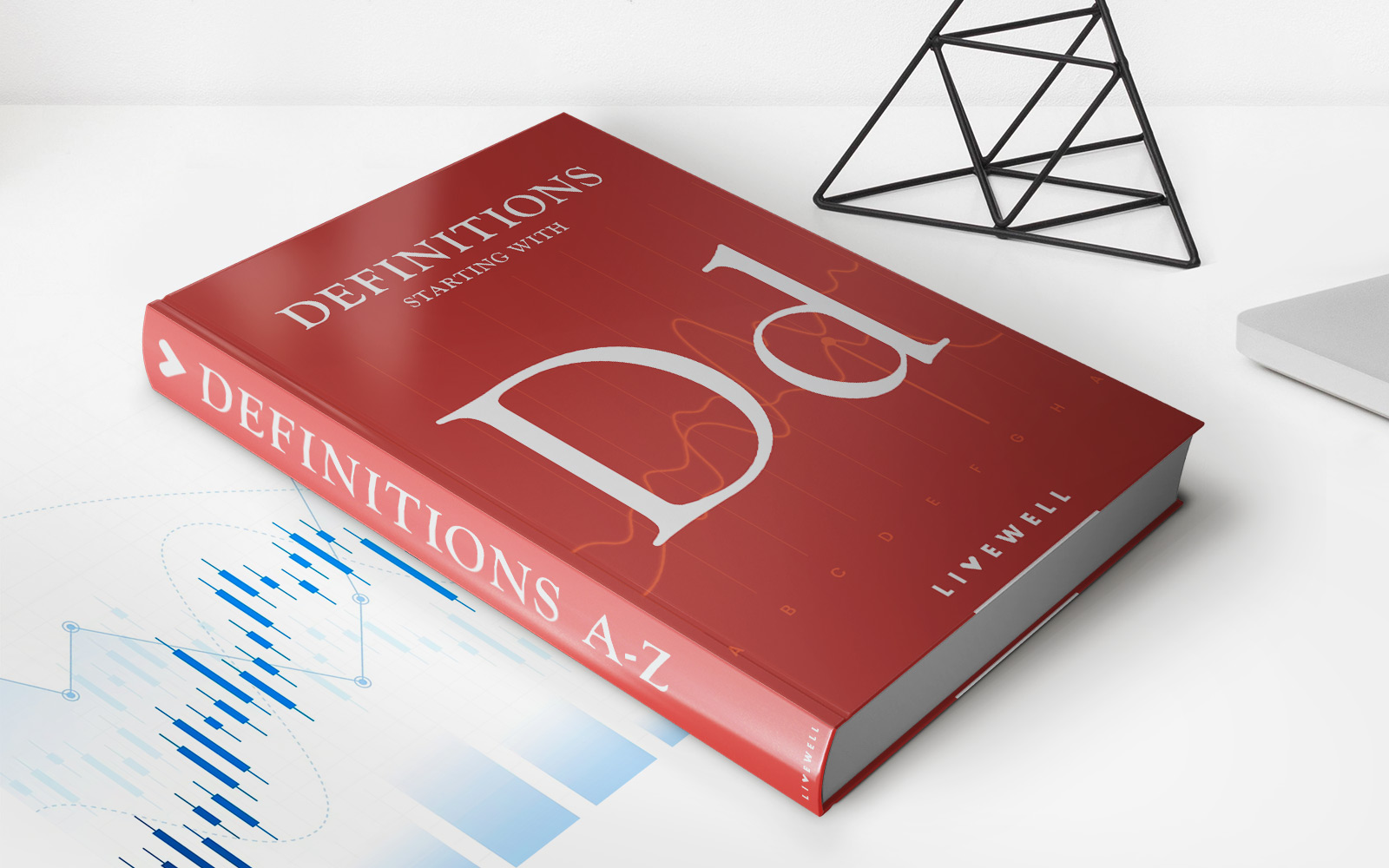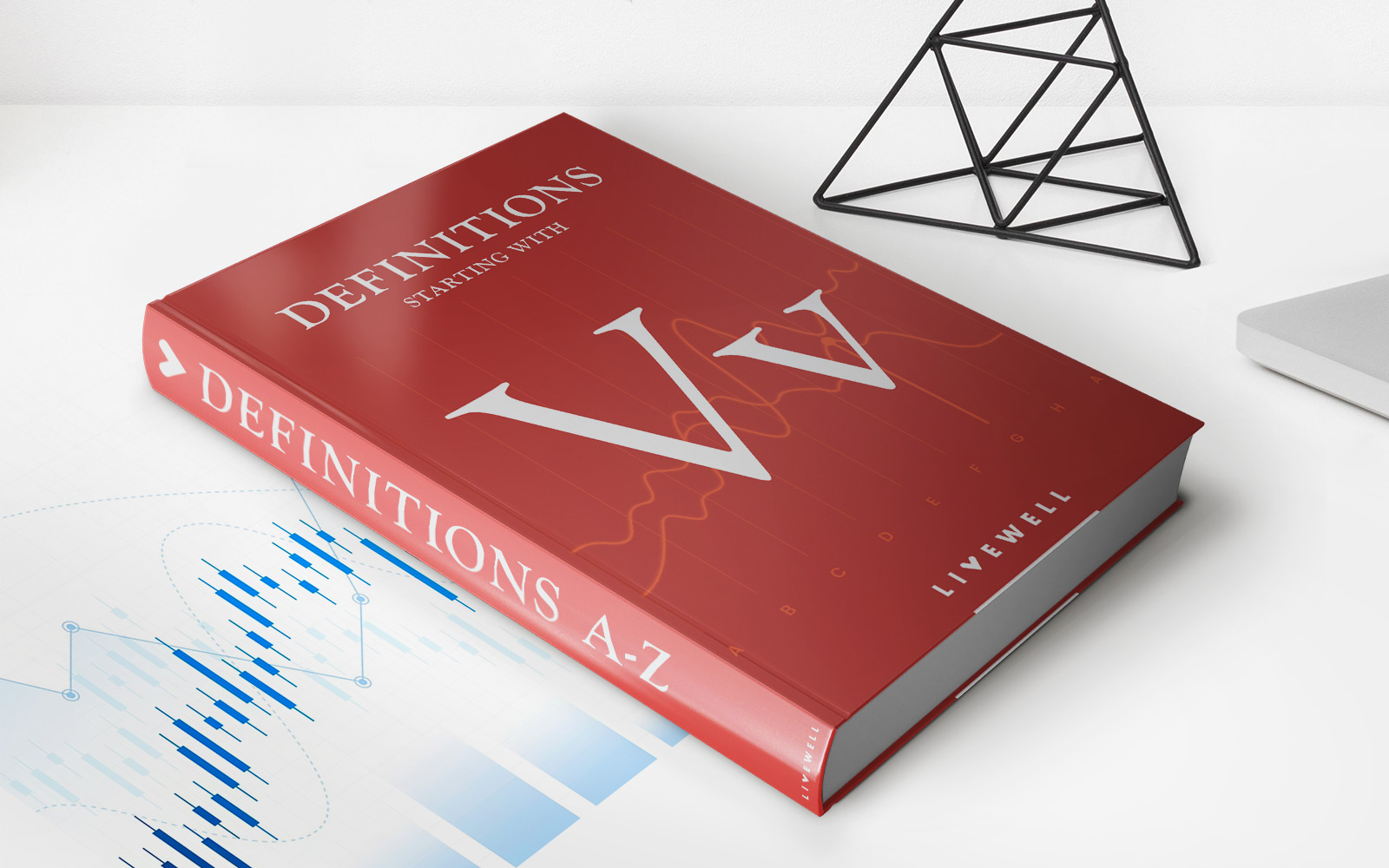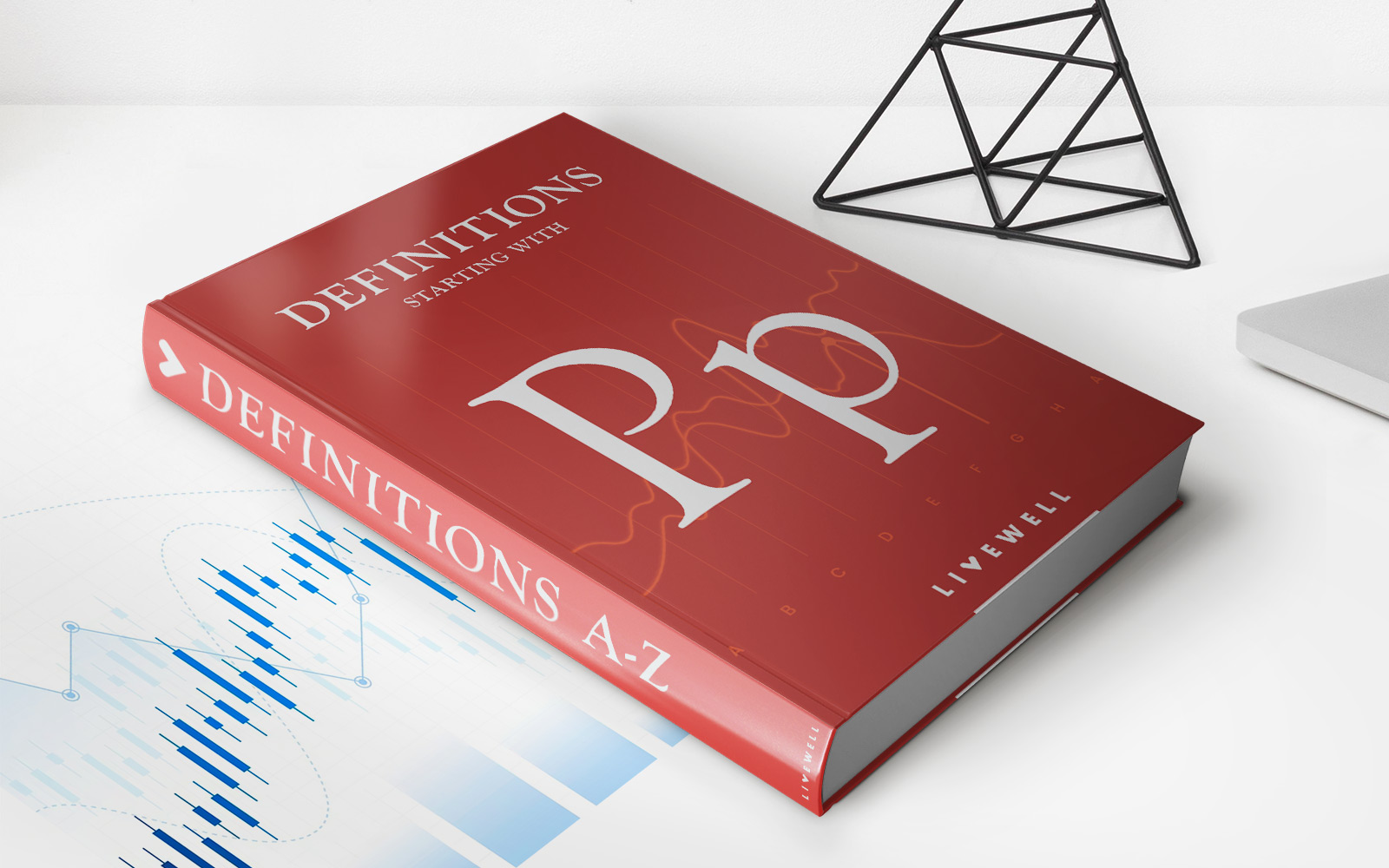

Finance
What Is A Pension Drawdown
Published: November 27, 2023
Learn all about pension drawdown and how it can affect your finances. Gain insights on the benefits and risks associated with this popular retirement option.
(Many of the links in this article redirect to a specific reviewed product. Your purchase of these products through affiliate links helps to generate commission for LiveWell, at no extra cost. Learn more)
Table of Contents
Introduction
Welcome to the world of pensions and retirement planning. As you start to plan for your golden years, one term that you may come across is “pension drawdown.” But what exactly is pension drawdown and how does it work? In this article, we will explore the ins and outs of pension drawdown, its advantages, risks, and alternative options to consider.
Pension drawdown, also known as income drawdown or flexible drawdown, is a way to access your pension savings while keeping the funds invested. Instead of using your pension savings to purchase an annuity, pension drawdown allows you to withdraw a portion of your pension as income, while the remaining funds continue to be invested.
This flexibility is what makes pension drawdown an attractive option for many retirees. Rather than being locked into a fixed income for the rest of their lives, individuals can control how much they withdraw and when, allowing them to adapt their income to their changing needs.
However, it’s important to note that pension drawdown is not suitable for everyone. It requires careful planning and consideration, as there are risks involved. It’s essential to understand these risks and make informed decisions to ensure a comfortable and secure retirement.
In the following sections, we will delve deeper into how pension drawdown works, its advantages, risks, and alternative options that you may want to explore.
Definition of Pension Drawdown
Pension drawdown is a flexible retirement option that allows individuals to access and utilize their pension savings without purchasing an annuity. With pension drawdown, individuals have the opportunity to keep their pension funds invested while taking out regular payments or lump sums as income. In this way, pension drawdown offers greater control and flexibility over how and when retirement income is received.
Unlike traditional annuities, which provide a fixed income for life, pension drawdown allows retirees to adjust their withdrawal amounts based on their financial needs and circumstances. It enables individuals to adapt their income to changes in lifestyle, financial goals, and market conditions.
There are two main types of pension drawdown: capped drawdown and flexi-access drawdown. Capped drawdown, which was the traditional form of pension drawdown prior to April 2015, limits the maximum amount that can be withdrawn each year based on government-set rules. Flexi-access drawdown, on the other hand, offers more freedom, allowing individuals to withdraw any amount they choose, subject to income tax regulations.
It’s important to note that eligibility for pension drawdown typically begins at age 55, but this may vary depending on pension scheme rules. Additionally, the availability and regulations surrounding pension drawdown can vary from country to country.
Pension drawdown is often considered an attractive option for those who want more control over their retirement savings and income. However, it’s crucial to understand the risks and implications associated with pension drawdown before making any decisions. Consulting with a financial advisor who specializes in retirement planning can help individuals navigate the complexities and make informed choices.
How Pension Drawdown Works
Pension drawdown allows retirees to access their pension savings while keeping the funds invested. Here’s a step-by-step guide on how pension drawdown works:
- Eligibility: To be eligible for pension drawdown, you typically need to be at least 55 years old, although this can vary depending on the rules of your pension scheme. It’s important to check with your pension provider to determine your eligibility.
- Set up a drawdown account: Once eligible, you will need to set up a drawdown account. This can be done with your current pension provider or by transferring your pension savings to a new provider that offers pension drawdown services. It’s essential to shop around and compare providers to ensure you find one that suits your needs and offers competitive fees.
- Choose your income level: With pension drawdown, you have the flexibility to decide how much income you want to withdraw from your pension each year. This can be a fixed amount, a percentage of your pension fund, or a flexible amount depending on your financial needs. However, keep in mind that there are regulations and limits on the amount you can withdraw each year to avoid potential tax penalties.
- Investment options: Once your drawdown account is set up, you will have the opportunity to choose how your pension funds are invested. Depending on your risk tolerance and financial goals, you can opt for a range of investment options, such as stocks, bonds, mutual funds, or other assets. It’s crucial to consider your investment strategy carefully and seek professional advice if needed.
- Regular income or lump sums: With pension drawdown, you have the flexibility to take your retirement income in the form of regular withdrawals or as lump sums. You can typically decide the frequency and amount of withdrawals and adjust them as your circumstances change.
- Tax considerations: Withdrawals from your pension drawdown account are subject to income tax. The tax treatment will depend on your individual tax circumstances and the tax regulations of your country. It’s advisable to consult with a tax professional to understand the tax implications and optimize your retirement income.
It’s important to regularly review your pension drawdown strategy to ensure it aligns with your evolving financial goals, risk tolerance, and overall retirement plan. Regularly monitoring your investments and staying informed about any regulatory changes are also essential to make informed decisions.
Remember, pension drawdown involves investment risk, and the value of your pension fund can fluctuate depending on market conditions. Therefore, it’s crucial to consider your risk tolerance and seek professional advice to ensure your investments align with your retirement goals and financial situation.
Advantages of Pension Drawdown
Pension drawdown offers several advantages that make it an appealing retirement option for many individuals. Here are some key advantages:
- Flexibility: One of the primary advantages of pension drawdown is the flexibility it provides. Rather than being locked into a fixed income for life, retirees have the freedom to choose how much they withdraw from their pension funds and when. This flexibility allows individuals to tailor their income to their specific financial needs, whether it’s for regular expenses, large purchases, or unexpected financial obligations.
- Control over investments: With pension drawdown, individuals have control over how their pension funds are invested. This offers the opportunity to make investment decisions based on personal risk tolerance and financial goals. It also allows retirees to adjust their investment strategy as market conditions change, potentially maximizing returns and minimizing risks.
- Potential for growth: By keeping pension funds invested, individuals have the potential to benefit from market growth and compounding returns. This can potentially increase the value of their pension funds over time, providing a larger pool of assets for retirement.
- Inheritance planning: Another advantage of pension drawdown is the ability to pass on unused pension funds to beneficiaries upon the retiree’s death. With certain types of drawdown arrangements, such as flexi-access drawdown, any remaining funds can be inherited by loved ones and subject to inheritance tax rules. This allows individuals to potentially leave a legacy for their heirs.
- Ability to adjust income: As individual circumstances change, the ability to adjust income becomes crucial. Pension drawdown allows retirees to increase or decrease their income level based on their changing needs or life events. This adaptability ensures that retirees can maintain financial stability and security throughout their retirement years.
While these advantages make pension drawdown an attractive option, it’s essential to carefully consider your individual circumstances, risk tolerance, and financial goals before opting for this retirement solution. It’s advisable to seek professional advice from a financial advisor who specializes in retirement planning to ensure that pension drawdown aligns with your specific needs.
Risks and Considerations of Pension Drawdown
While pension drawdown offers flexibility and control over retirement income, there are several risks and considerations that individuals should be aware of before opting for this retirement option. Here are some key factors to consider:
- Investment risk: With pension drawdown, the responsibility for investment decisions lies with the retiree. This means that the value of your pension fund can fluctuate depending on market conditions. There is the risk of potential investment losses, which could impact the overall value of your retirement savings.
- Longevity risk: Pension drawdown provides income based on the amount of funds available and the individual’s withdrawal rate. This means that if a retiree lives longer than expected, their pension funds may need to last for a more extended period. Managing longevity risk and ensuring that there are sufficient funds to cover living expenses throughout retirement are essential considerations.
- Tax implications: Withdrawals from pension drawdown accounts are subject to income tax. It’s important to understand the tax implications of your withdrawals, as they could affect your overall retirement income and tax planning strategies. Seeking advice from a tax professional can help optimize your tax position.
- Market volatility: Pension drawdown exposes individuals to market fluctuations. If the investments within your drawdown portfolio perform poorly, it could impact the value of your pension fund. Monitoring and managing your investments is crucial to mitigate the risks associated with market volatility.
- Inflation: Over time, the cost of living tends to increase due to inflation. If your pension income does not keep pace with inflation, your purchasing power may erode over time. It’s important to consider the impact of inflation on your retirement income and factor it into your planning.
- Healthcare costs: As individuals age, healthcare costs often become a significant expense. It’s important to consider potential healthcare expenses and ensure that your pension drawdown strategy takes into account healthcare needs and potential long-term care costs.
Before making any decisions, it’s crucial to assess your personal circumstances, risk tolerance, and financial goals. Seeking advice from a financial advisor who specializes in retirement planning can help you navigate the risks and considerations associated with pension drawdown. They can assist in creating a strategy that is tailored to your specific needs, helping you make informed decisions and mitigate potential risks.
Alternative Options to Pension Drawdown
While pension drawdown can be a suitable option for some retirees, it’s essential to explore alternative retirement options to determine the approach that best fits your financial goals and circumstances. Here are a few alternative options to consider:
- Annuities: An annuity is a retirement product that provides a guaranteed income for life or a specific period. Unlike pension drawdown, annuities offer a fixed income, providing stability and security throughout retirement. It can be a suitable option for those who prioritize consistent income and do not wish to take on investment risks themselves.
- Fixed-term annuities: Fixed-term annuities are similar to standard annuities but provide income for a fixed period rather than for life. With a fixed-term annuity, you can receive regular income for a predetermined period, after which you may have the opportunity to reassess your retirement options.
- Phased Retirement: Phased retirement involves gradually accessing your pension savings over time, rather than taking all the funds at once. It allows individuals to balance a part-time job or other sources of income with partial pension withdrawals, providing a more gradual transition into retirement.
- Combination Approaches: Some retirees choose to combine different retirement options to create a personalized strategy. For example, you could use a portion of your pension savings for a flexible drawdown arrangement while using another portion to purchase an annuity to provide a guaranteed income stream.
- Personal Savings and Investments: Relying on personal savings and investments is another alternative to consider. By building a diversified investment portfolio and utilizing other savings vehicles such as ISAs (Individual Savings Accounts) or other tax-efficient accounts, you can create a retirement plan that doesn’t solely rely on pension funds.
Every individual’s retirement needs and goals are unique, and there is no one-size-fits-all approach. It’s important to evaluate your financial situation, risk tolerance, and retirement objectives before making a decision. Seeking advice from a financial advisor who specializes in retirement planning can help you assess the pros and cons of alternative options and determine the best course of action for your specific circumstances.
Conclusion
Planning for retirement involves making important decisions regarding how to access and utilize your pension savings. Pension drawdown offers flexibility and control over retirement income, allowing individuals to withdraw funds while keeping the rest of their savings invested. It provides the opportunity to adapt income levels based on changing financial needs and market conditions.
However, it’s crucial to carefully consider the risks and implications associated with pension drawdown. Investment risk, tax considerations, market volatility, and longevity risk are among the factors that individuals need to assess before opting for this retirement option. Seeking advice from a financial advisor who specializes in retirement planning can help retirees navigate the complexities and make informed decisions.
Alternative options such as annuities, fixed-term annuities, phased retirement, and personal savings and investments should also be considered. Each option has its own advantages and drawbacks, and the choice will depend on individual circumstances, risk tolerance, and retirement goals.
Ultimately, the key is to create a retirement strategy that aligns with your specific needs and priorities. Regular monitoring and review of your retirement plan, along with adjustments as necessary, will help ensure a comfortable and secure retirement.
Remember, retirement planning is a long-term process, and it’s never too early to start. The earlier you begin saving and exploring your retirement options, the more time you have to build a robust retirement plan that can support your desired lifestyle.














